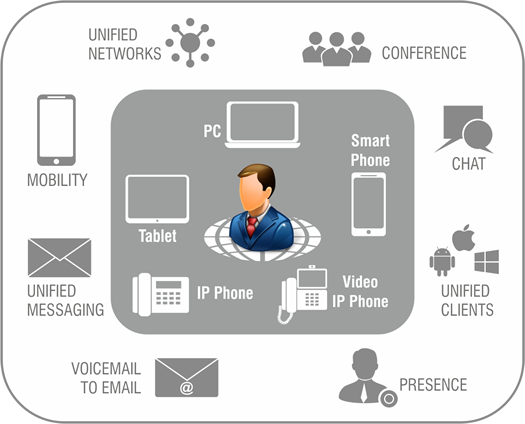

Today’s dynamic enterprise environment requires smarter communication solution for diversified roles of employees. Flexible device usage and round-the-clock connectivity is the need of the hour for the mobile workforce in order to have consistent in-office experience while working from home, between appointments or while on the move. Increasing competition, flexible work places and timings give rise to the need for more collaborative communication solutions for in-office and mobile workforce. With Collaboration and Mobility as the key aspects of business communications, the term ’Unified Communication’ has been evolved. Matrix SARVAM UCS is a Unified Communication Solution engineered on four pillars of Collaboration, Communication, Messaging and Mobility to enhance customer convenience and business productivity. With its intuitive interface and built-in real-time features of Video Calling, Email Integration, Presence Sharing and BLF Keys, Matrix SARVAM UCS empowers an organization to easily extend its reach to the employees. It is designed to overcome geographical, communication device and user-accessibility barriers with a single platform solution.


